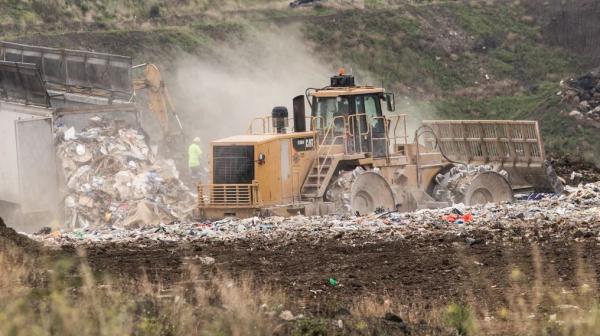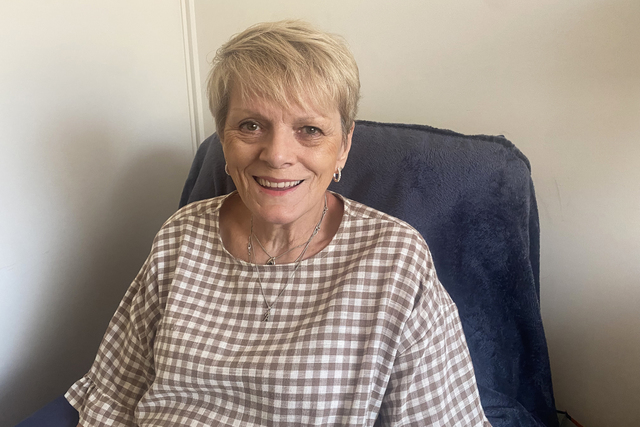By Esther Lauaki
Brimbank council has renewed calls for a whole-of-government response to the closed Sunshine landfills after the Victorian Civil and Administrative Tribunal (VCAT) approved plans for five double-storey dwellings on a residential property encroached by buried waste.
Council had refused the permit on the grounds that it was inconsistent with local planning policy and did not respect the neighbourhood character in terms of setbacks, design detail, large backyards and the landscape setting.
Brimbank mayor Georgina Papafotiou said this latest decision was proof that current planning and environmental controls made more intense development on the encorached land possible.
“As part of the assessment of the application for this property, council had required that an environmental audit be undertaken,” Cr Papafotiou said. “An EPA auditor subsequently issued a statement of environmental audit.
“The statement determined the land may be used for medium to high-density residential use subject to conditions on building design and development, including construction of a physical barrier, installation of a passive foundation ventilation system and installation of a gas membrane beneath the foundation.
“Some of the residential properties impacted by the closed Sunshine landfills, that took liquid intractable waste, are very large and this decision paves the way for future intensification and development.
Cr Papafotiou said Brimbank council was committed to making sure affected households are not unfairly burdened by the closed Sunshine landfills.
“We hope this recent decision puts the spotlight on this issue and we can collaborate with the state government to create a path forward,” she said.
“Council recently commenced an amendment process which seeks to apply an Environmental Audit Overlay (EAO) to land associated with the former Sunshine landfills.
“If approved Amendment C212brim will identify the closed Sunshine landfills and surrounding land as potentially contaminated land in the Brimbank Planning Scheme.
“However, this VCAT decision highlights that while the EAO will identify the land within the planning scheme as potentially contaminated – it does not necessarily impede more intense development.
“Council is once again, calling on the state government to review its approach to this issue and consider more fully if this type of development is acceptable given the history of the site including the rezoning for residential purposes by state government in the 1970s prior to subdivision and residential development.”







